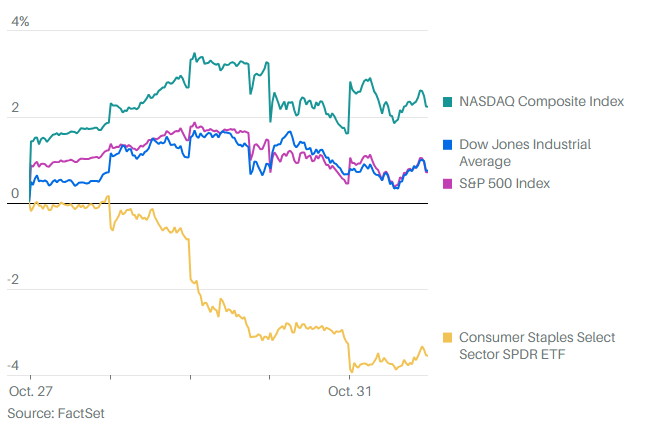THE CARES ACT AND YOUR 401(K)
On March 27th, the Coronavirus Aid, Relief, and Economic Security (CARES) Act was signed into law. New options are now available to provide financial relief to 401(k) plan participants. Here are a few key takeaways that you need to know.


CARES ACT DISTRIBUTIONS
The CARES Act allows eligible participants to request penalty-free distributions of up to $100,000 for qualifying coronavirus-related reasons. These include adverse financial consequences due to being quarantined, furloughed, laid off or having work hours reduced; being unable to work due to a lack of childcare; or closing or reducing hours of a business owned or operated by the individual. CARES Act Distributions are more favorable than hardship withdrawals—including those for Federal Emergency Management Agency (FEMA)-declared disasters—because:
- Tax on the income from the withdrawal may be paid over a three-year period;
- Participants may repay the amount withdrawn to an eligible retirement plan within three years;
- Repayments will not be subject to the retirement plan contribution limits; and
- All contribution sources (other than money purchase pension plan sources) will be available.
REQUIRED MINIMUM DISTRIBUTION (RMD) WAIVER
Required Minimum Distributions (RMDs) are suspended for 2020 and for any 2019 RMD required to be made by April 1, 2020 (if not already made in 2019). This applies to certain defined contribution plans (including 401(k) plans) and IRAs. In addition, the five year distribution period that applies to certain beneficiaries will be determined without regard to calendar year 2020.
LOAN RELIEF
Loan limits for 401(k) plans have been increased from $50,000 to $100,000. You may take up to the greater of $10,000 or 100% of the present value of the account. New and existing loan payments can be deferred for a year. Does your company 401(k) allow plan loans? Contact your Plan Administrator to find out.











